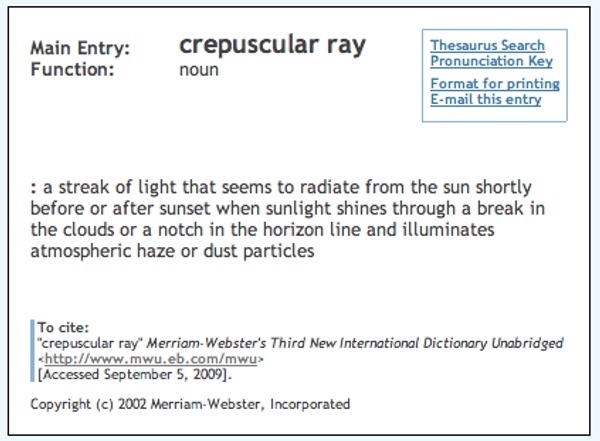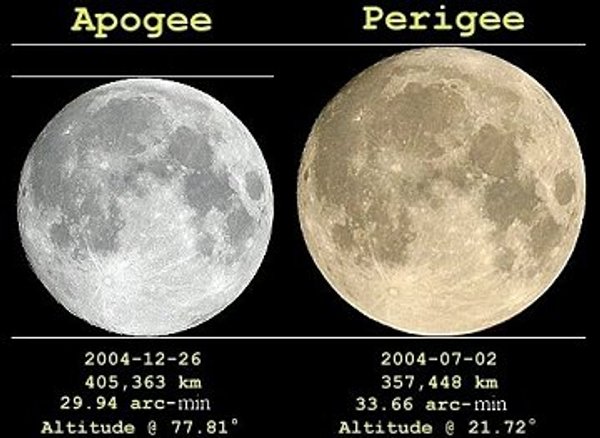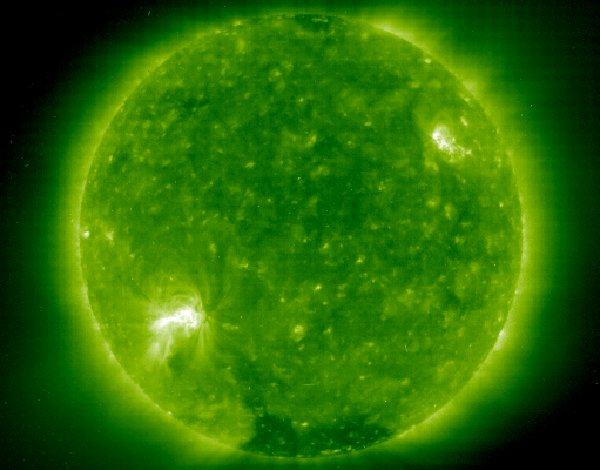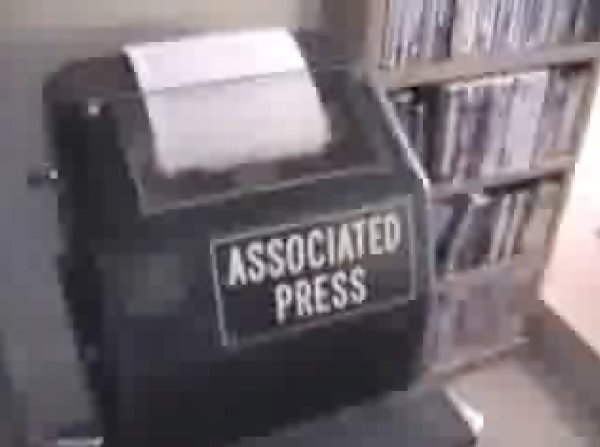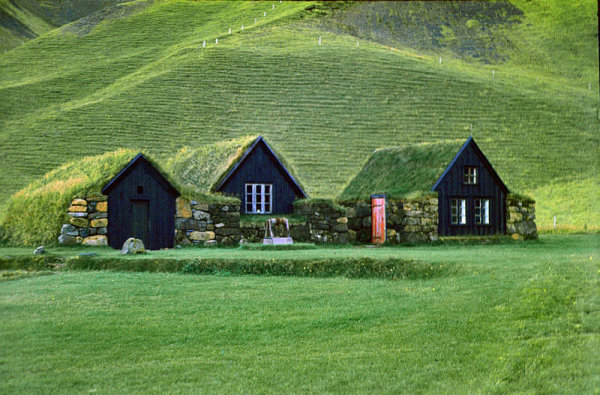
Wikipedia photos
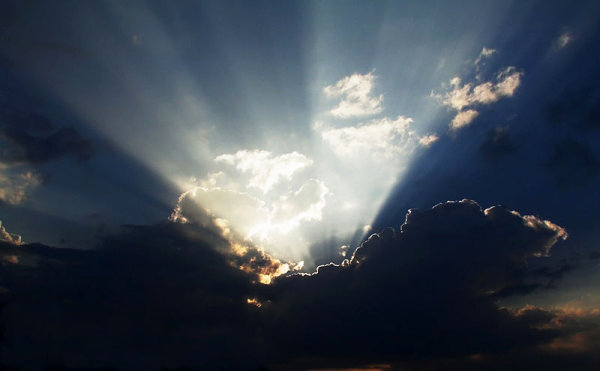
Once upon a time many years ago, while looking up a word in an unabridged dictionary, I came across a word on a nearby page that jumped out at me, because it was a beautiful word that described a picturesque phenomenon. I resolved to remember the word, and I promptly forgot it. I do recall the definition. It was a word (or words?) describing something very particular: a beam of light, through an aperture, falling on mist.
For years and year I tried to refind this word, and I failed. Once upon a time, research tools were incredibly primitive — things such as Thesauruses and indexes in the backs of books. Now we have the Internet.
My frustrated attempts to photograph my gothic window, using only a camera with a bad lens that refuses to let its exposure be manually adjusted, made me realize that I’d never gone looking for this word on the Internet.
It was a quick and easy search. There is a scientific name for the phenomenon, the Tyndall Effect, used to describe the scattering of light when it falls on colloidal particles in suspension. A more common description is the two-word term “crepuscular rays,” which even has a Wikipedia entry.
It is possible that, at that early age, I had never encountered the word “crepuscular” before and so was impressed by the word. It is, certainly, a beautiful word. It comes from the Latin word for twilight, crepusculum.
People generally say that cats are nocturnal. I think it is more accurate to say that cats are crepuscular. My cat sleeps at night. But she goes wild at crepusculum, both morning and evening.
What would we do without the Internet? I plan a post soon on yet another unbelievable Internet resource: Google Books.
If “crepuscular ray” is the lost word(s), then here is what I would have seen that day long ago in the Miriam-Webster unabridged dictionary:
